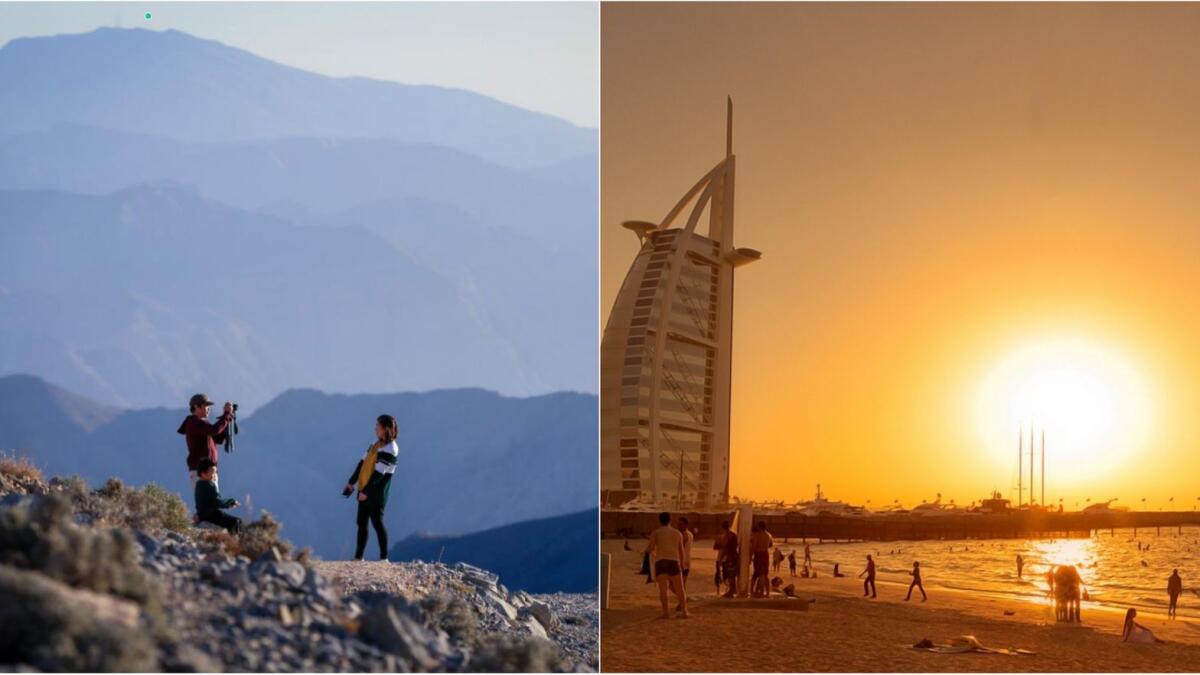The UAE is experiencing extreme temperatures as summer reaches its peak, with some areas reaching over 50°C while others are recording lows of 22°C. One such area with cooler temperatures is Al Ain’s Raknah, which has maintained a steady 22°C despite the scorching heat elsewhere. Dr. Ahmed Habib from the National Centre of Meteorology explains that Raknah’s unique topography is the reason behind this temperature difference. Studies conducted nine years ago revealed that Raknah has distinctive features that contribute to its consistently lower temperatures.
During the winter months, Raknah experiences sub-zero temperatures, leading to the formation of icicles and freezing water in the area. The special topography of Raknah, including wadis, trees, and dunes, plays a significant role in temperature regulation. As air moves from higher to lower elevations, it cools down, causing temperature drops particularly at night and early morning. The different sand composition in Raknah also adds to its unique temperature characteristics, making it a special place with diverse topography.
The impact of north-westerly winds on the region is also a point of interest. Habib mentions that starting today and continuing into Wednesday, the country will be under the influence of these winds, resulting in slightly lower temperatures in some locations. The temperature variations are influenced by the pressure system over the region and the type of air mass associated with it. Depending on the origin of the air mass, whether from the desert or the Indian monsoon, the weather conditions can vary in terms of humidity and temperature.
Overall, understanding the factors that contribute to temperature variations in different regions of the UAE can provide valuable insights for meteorologists and residents alike. Raknah’s unique characteristics have made it a focal point for studying temperature differentials, highlighting the importance of topography in influencing local weather patterns. As the country continues to experience extreme weather conditions, monitoring the movement of air masses and their origins can help predict and prepare for future temperature changes. It’s essential to stay informed about weather updates and trends to stay safe and informed during fluctuating temperature conditions.





















